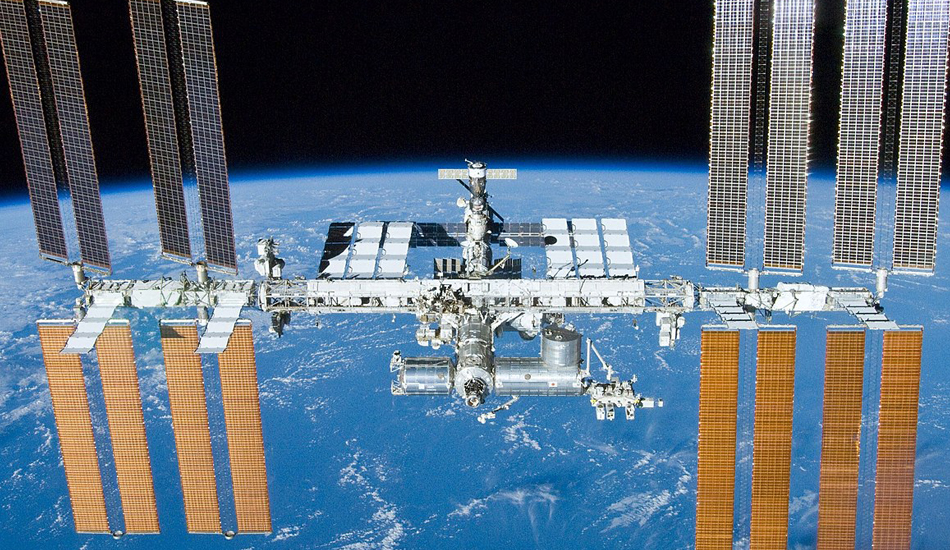Yes, there is! In fact, on the International Space Station (ISS), which orbits Earth at an altitude of around 220 miles (354 km), the force of gravity is still about 90 percent of what it is here on Earth. So how can the ISS be in “zero gravity”?
What is zero gravity?
Well, let’s start with the term “zero gravity.” Unfortunately, this term gets used so much as it implies zero gravity, which is misleading. The correct term is “microgravity.” This is the condition where people or objects “appear” to be weightless, for example, how astronauts and objects can “appear” to float in space.
Gravity can be found everywhere in space, the strength may vary, but it is always there. It causes objects to be pulled toward it and it’s what holds the Moon in orbit around Earth. It is what causes Earth to orbit the Sun, and it also keeps the Sun in place in the Milky Way galaxy.

A spacecraft could go far enough away from Earth that astronauts inside would feel very little gravity; however, this is not why things float on the ISS. Its relatively strong force holds the ISS in orbit; otherwise, it would fly off into deep space.
How do astronauts float if 90 percent of Earth’s gravity reaches the space station? The simple answer is that they are in free fall; in the vacuum of space, gravity causes all objects to fall at the same rate (the object’s mass does not matter).
If you were to drop a rock and a feather simultaneously on Earth, the feather would move slower because of the air around it. However, in a vacuum, there is no air; therefore, they would fall with the same acceleration.
An example would be if you were on a free-fall ride at an amusement park and you let go of an object at the same time as you begin to fall, you and the object would fall at the same acceleration.
All objects and the space station are all falling together around Earth
When falling at the same acceleration, the object would appear to float in front of you; this is happening on the ISS. This is because the crew, all objects, and the space station are all falling together around Earth, giving the appearance that they are floating when you compare it with the spacecraft.
How does the ISS fall around Earth? Earth’s gravity constantly pulls objects downward toward its surface; this includes the ISS, which means that it is continually falling toward Earth’s surface. However, it is also moving at a breakneck speed — 17,500 miles per hour (28,164 km per hour), a speed that matches Earth’s surface curves.

Imagine a baseball being thrown, and gravity causes it to “curve” down, hitting the ground quickly. Likewise, when a spacecraft is orbiting Earth, it travels at speed, so the curve of its fall matches the curve of Earth; this means that it is still falling toward the ground but never hits it, and as a result, they fall around the planet. The moon stays in its orbit for this exact reason; the moon is also falling around Earth.







